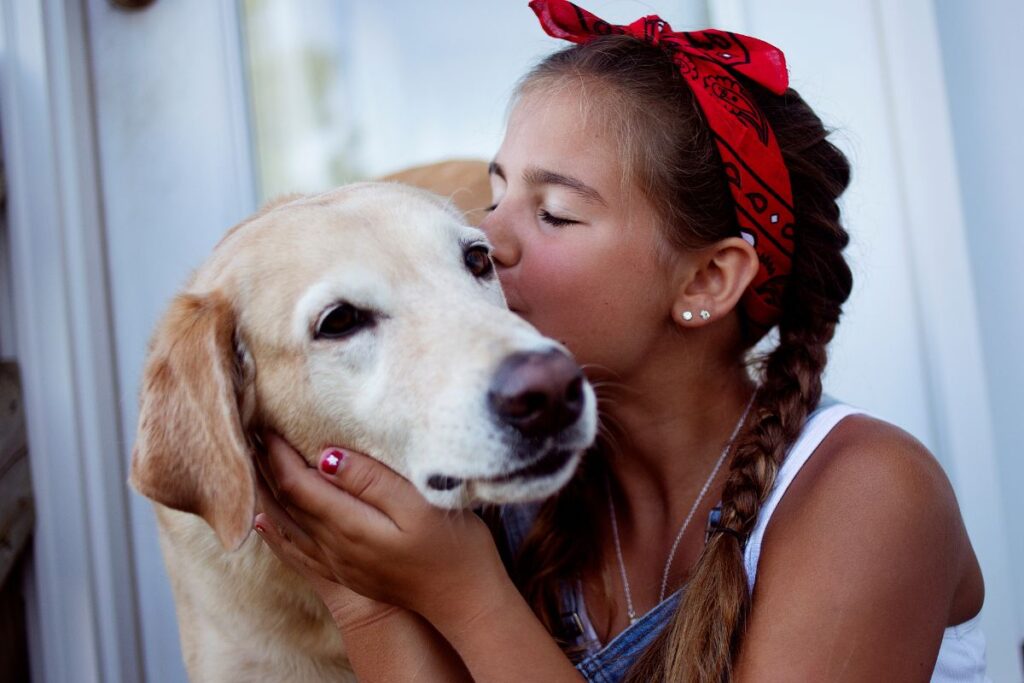
Adopting a rescue dog is a heartwarming experience that can enrich both your life and the dog’s. However, the process often comes with unique challenges, especially as the dog adapts to a new environment. To help navigate this journey, the “3-3-3 Rule” provides guidance on what to expect from your new companion over time, offering insights into the dog’s adjustment phases. This framework can prepare you for the journey, helping to foster a healthy, lasting bond.
Understanding the 3-3-3 Rule

The 3-3-3 Rule outlines three key milestones in a rescue dog’s adjustment: the first 3 days, 3 weeks, and 3 months. These phases represent typical behaviors and feelings a new dog may experience as it settles in. During these stages, owners might see significant shifts in the dog’s comfort level, personality, and responses to its new home. Each dog is unique, and while the 3-3-3 Rule provides a useful framework, it’s essential to be patient and adaptable as your new pet acclimates.
First 3 Days: Overcoming Initial Fear and Uncertainty

In the first three days, many rescue dogs feel overwhelmed and may show signs of stress, such as loss of appetite, hiding, or overexcitement. The dog might seek a quiet spot to feel safe or display nervous energy. It’s important not to worry if your dog acts differently than expected; this behavior is temporary and a natural response to its unfamiliar surroundings. By providing a calm environment, you can help the dog feel secure and begin to trust its new home.
First 3 Weeks: Building Comfort and Routine

After about three weeks, the dog typically begins to feel more comfortable, recognizing household routines and starting to reveal its true personality. At this stage, behavior issues like house training or socialization may arise as the dog adjusts. Owners are encouraged to focus on consistent training to establish good habits. With time, the dog will start to settle in, enjoy its daily schedule, and build trust with its new family.
First 3 Months: Strengthening Bonds and Settling In

Around the three-month mark, your dog will likely feel fully at home, with a stronger bond and a deeper sense of security. By now, the dog understands its place in the household, anticipating walks, meals, and playtime, and its true personality will shine through. This milestone represents a meaningful turning point in your relationship, as you’ve both grown comfortable with each other and have built a trusting, enduring bond.
Preparing Your Home and Family for a Rescue Dog

Welcoming a rescue dog into your life requires some adjustments. Puppy-proofing your home, setting up a comfortable crate, and creating a designated space for your dog can help ease the transition. For homes with existing pets, slow, supervised introductions are recommended to reduce territorial stress. With patience, understanding, and adherence to the 3-3-3 Rule, you can provide a loving and supportive environment that allows your rescue dog to thrive.
Sources:
RifRuf – https://rifrufqueens.com/blogs/blog/3-3-3-rule
Stay connected with us for more stories like this! Follow us to get the latest updates or hit the Follow button at the top of this article, and let us know what you think by leaving your feedback below. We’d love to hear from you!







